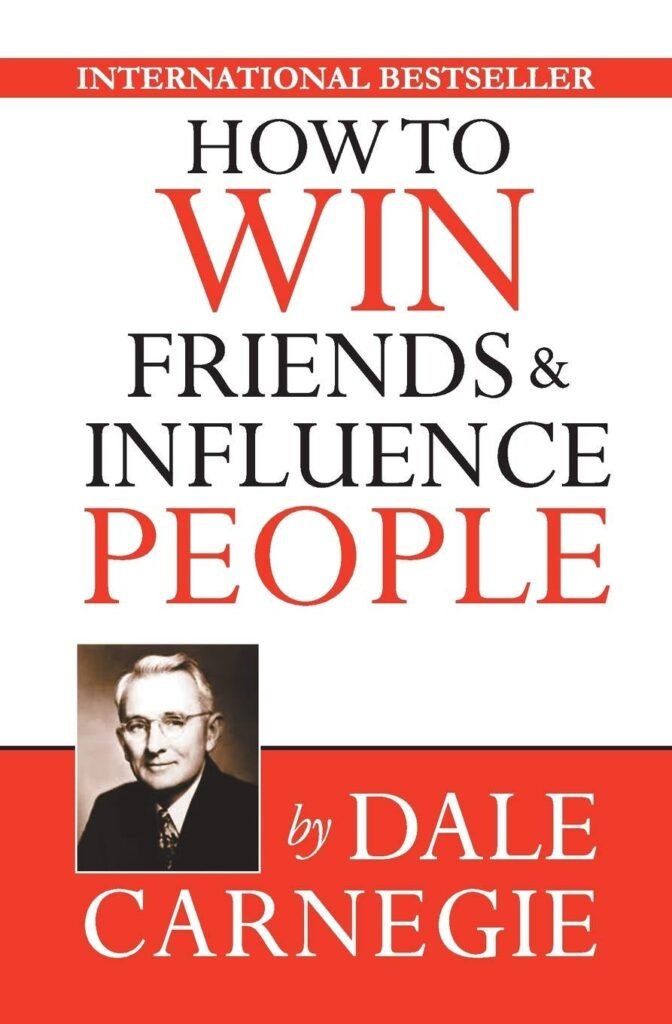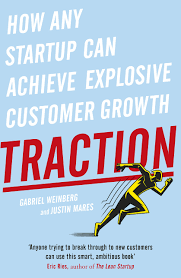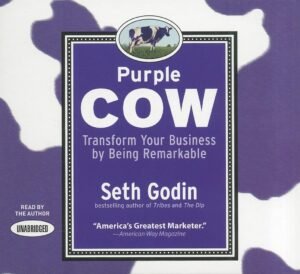Overview: Why This Book Still Matters
Published in 1936, Dale Carnegie’s How to Win Friends and Influence People remains one of the most influential personal development books in history. Despite being written nearly a century ago, its principles are evergreen. Whether you’re an entrepreneur, a manager, a student, or simply someone who wants better relationships, Carnegie’s advice teaches how to:
-
Build genuine connections.
-
Influence without manipulation.
-
Lead without creating resentment.
-
Turn conversations into opportunities.
This book is for anyone who believes success is built on relationships and communication, not just talent or knowledge.
Key Principles Explained with Real-Life Lessons
Principle 1: Do this and you will be welcome anywhere
Show genuine interest in other people. Wish them on birthdays, celebrate milestones, and give importance to their lives.
👉 Tip: Keep a small journal or reminder app for friends’ and colleagues’ special dates.
Example: Ratan Tata, admired globally, is known for remembering even junior employees’ birthdays. This small gesture makes people feel valued and loyal.
Principle 2: A simple way to make a good first impression
Smile. A genuine smile communicates warmth, gratitude, and openness.
👉 Tip: Before entering meetings, take a deep breath and smile intentionally.
Example: A young sales executive in Pune doubled his closing rate simply by greeting clients with a smile and positive energy. People said they “enjoyed” talking to him, even before hearing his pitch.
Principle 3: If you don’t do this, you’re headed for trouble
Remember people’s names. A name is the sweetest sound to a person.
👉 Tip: Repeat names during conversation — “Yes, Rahul, I see your point.”
Example: Politicians like Bill Clinton mastered this art; he could recall names years later, making people feel significant.
Principle 4: An easy way to become a good conversationalist
Listen more than you speak. Show genuine curiosity about others.
👉 Tip: Ask open-ended questions and let them talk.
Principle 5: How to interest people
Talk in terms of other people’s interests.
👉 Tip: Instead of “I need this project,” say, “Here’s how this project benefits your team.”
Principle 6: How to make people like you instantly
Give sincere compliments. Acknowledge others’ strengths and contributions.
👉 Tip: At work, send one appreciation email daily.
Principle 7: You can’t win an argument
Avoid arguments. Even if you “win,” you often lose the relationship.
👉 Tip: Replace “You’re wrong” with “That’s interesting, let’s explore further.”
Principle 8: A sure way of making enemies and how to avoid it
Never try to prove someone wrong. Instead, respect their perspective.
Principle 9: If you are wrong, admit it quickly and emphatically
Humility builds trust.
👉 Tip: Say, “You’re right, I missed that, and I’ll correct it.”
Example: A startup founder in Bangalore gained client trust after admitting a technical error and offering a quick fix. The honesty secured a long-term contract.
Principle 10: Always begin in a friendly way
Politeness disarms conflict. Start conversations with warmth, even in disagreement.
Principle 11: Get the other person saying “yes, yes” immediately
Begin with points of agreement to set a positive tone.
Principle 12: The safety valve in handling complaints
Let people talk. Listening reduces tension.
Example: A customer service manager improved client retention by simply allowing customers to vent before offering solutions.
Principle 13: Let the other person feel the idea is theirs
People support what they help create. Encourage participation.
Principle 14: Try honestly to see things from the other person’s perspective
Empathy builds bridges.
Principle 15: Be sympathetic with others’ desires
Acknowledge emotions: “If I were in your shoes, I’d feel the same.”
Principle 16: Appeal to noble motives
Frame requests around values like honesty, pride, or fairness.
Principle 17: Dramatize your ideas
Use stories, visuals, or analogies to make points memorable.
Principle 18: When nothing else works, throw down a challenge
Competition can inspire performance.
Example: Steve Jobs motivated his team by challenging them to build the Macintosh in record time.
Principle 19: Begin with praise and honest appreciation
Always lead with positives before offering criticism.
Principle 20: Call attention to mistakes indirectly
Instead of pointing fingers, guide with subtle suggestions.
Principle 21: Talk about your own mistakes first
This builds humility and opens others to correction.
Principle 22: Ask questions instead of giving orders
Engagement creates cooperation.
Principle 23: Let others save face
Never embarrass people; protect dignity.
Principle 24: Praise improvement
Encourage small progress to inspire bigger efforts.
Principle 25: Give a reputation to live up to
Label people positively: “You’re a reliable person, I trust you.”
Principle 26: Encourage even the smallest progress
Motivate with recognition, not criticism.
6 Principles to Make People Like You
-
Be genuinely interested in others.
-
Smile sincerely.
-
Remember names.
-
Be a good listener.
-
Talk in terms of others’ interests.
-
Make others feel important.
9 Key Principles to Becoming a Great Leader
-
Begin with praise.
-
Indirectly highlight mistakes.
-
Share your own mistakes first.
-
Ask questions instead of ordering.
-
Allow people to save face.
-
Praise improvements.
-
Give responsibility and respect.
-
Encourage correction gently.
-
Make people happy about doing tasks.
Action Plan: Applying Carnegie’s Lessons in Your Life
-
Daily Habit: Smile and greet at least 5 people.
-
Weekly Habit: Write down people’s names and send one personalized message.
-
Monthly Habit: Reflect on arguments avoided and praise given.
-
Career Tip: Use listening skills to build trust with clients or colleagues.
Lessons Learned
-
Influence is about empathy, not dominance.
-
Relationships are built on appreciation, not criticism.
-
Success strategies focus on long-term trust, not short-term wins.
Step-by-Step Guide for Readers
-
Pick one principle per week.
-
Practice it daily with colleagues, family, or clients.
-
Journal progress at night.
-
After 26 weeks, you’ll have internalized all key strategies.
Top 10 Takeaways from the Book
-
Show interest in others.
-
Smile genuinely.
-
Remember names.
-
Listen actively.
-
Talk about others’ interests.
-
Give honest appreciation.
-
Avoid arguments.
-
Admit mistakes quickly.
-
Begin conversations with warmth.
-
Lead with praise and encouragement.
Call to Action
Inspired by these timeless lessons? Start applying them today.
👉 This is just one story in our Book to Life series. Pick up How to Win Friends and Influence People by Dale Carnegie today and take the first step toward becoming more influential, respected, and successful.
🌐 Visit wwmycashflowhub.com or call 885-511869 to explore more actionable success strategies.
Disclaimer
This blog is a summary and learning guide inspired by Dale Carnegie’s book How to Win Friends and Influence People. It is intended for educational and personal growth purposes only.




